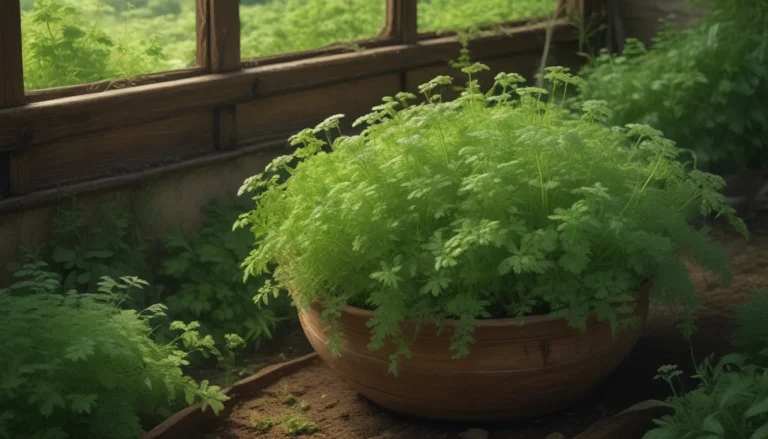Why Is My Rubber Tree Dropping Leaves?

Are you noticing your rubber tree (Ficus elastica) losing its leaves in a more dramatic fashion than you expected? Those thick, glossy leaves falling to the ground can be quite alarming. But fear not, understanding the reasons behind this foliage drop can help you prevent your plant from turning into a collection of bare stalks.
Rubber trees, part of the Ficus genus, have developed leaf dropping as a defense mechanism against stress. So, when you see leaves falling, it’s a clear indication that your plant needs some assistance.
Common Causes of Leaf Drop in Rubber Trees
Let’s delve into the common culprits behind rubber tree leaf drop:
- A Recent Change
-
All Ficus plants, including rubber trees, are sensitive to environmental changes, causing them to shed their leaves as a way to adapt. If you’ve recently moved your plant or repotted it, allow it some time to adjust gradually.
-
Extreme Temperatures
-
Rubber trees prefer temperatures between 60 and 85°F. Exposure to temperatures outside this range, especially prolonged cold spells below 50°F or extreme heat above 90°F, can trigger leaf drop.
-
Inappropriate Light
-
Insufficient light is a common issue leading to leaf drop in rubber trees. These plants thrive with a balance of direct sunlight in the morning and bright indirect light throughout the day.
-
Pest Problems
-
Aphids, mealybugs, scale, and spider mites are common pests that can cause rubber trees to lose their leaves. Look for other symptoms like yellowing, webbing, or speckling to identify these pests.
-
Root Rot
-
Root rot, usually caused by overwatering, is a significant threat to rubber trees. Symptoms include color loss in foliage and soggy roots. Proper drainage and watering practices are crucial to prevent root rot.
-
Watering Issues
- Balancing watering is key to maintaining healthy rubber trees. Allow the top third of the soil to dry out before watering to avoid both overwatering and underwatering.
Solutions to Leaf Drop
-
Monitor Light Levels: Use a light meter to ensure your rubber tree gets the right amount of light.
-
Treat Pest Infestations: Address any pest problems promptly with appropriate treatments.
-
Combat Root Rot: Remove affected roots, treat with fungicide, and improve drainage.
-
Adjust Watering: Ensure proper watering by allowing the soil to dry out between waterings.
Remember, falling leaves are your plant’s way of communicating its needs. By understanding the causes and implementing the right solutions, you can help your rubber tree thrive.
Let Your Rubber Tree Flourish
With the right care, your rubber tree can maintain its glossy, lush leaves and bring a touch of greenery into your living space. Pay attention to its environmental needs, watch out for pests, and practice proper watering techniques to keep your plant healthy and vibrant.
Have you encountered leaf drop issues with your rubber tree? Share your experiences in the comments below, and our community will be happy to assist you. For more plant care tips and guides, explore our collection of resources on related topics:
- Why Is There a Red Sheath on My Ficus Elastica?
- Do Rubber Trees Flower?
- How to Grow and Care for Fiddle Leaf Fig
- How to Grow and Care for Weeping Fig Plants





